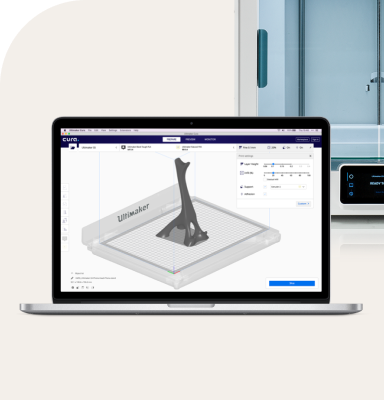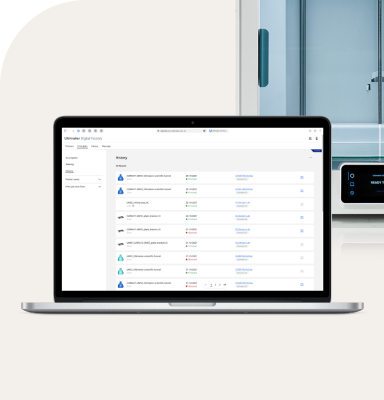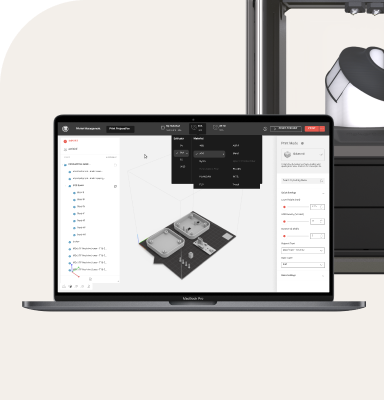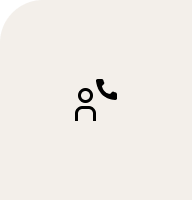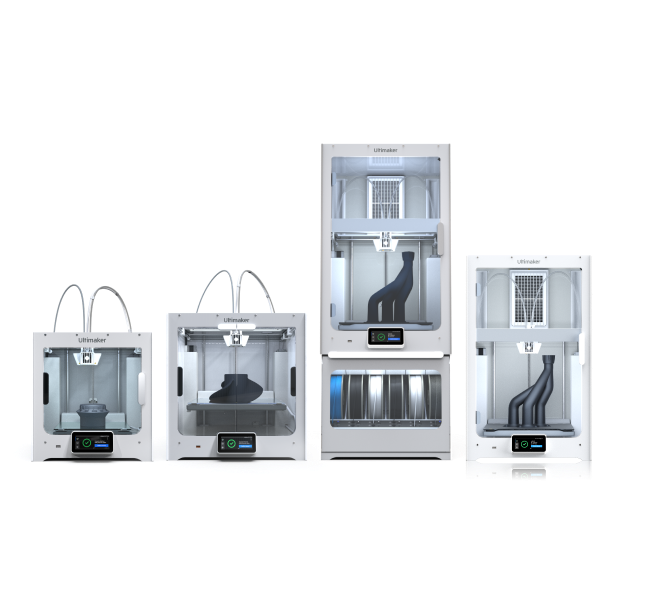Originally published on sicnova3d.com
The CES UVigo Association, made up of 25 engineering students from the University of Vigo, shared a common goal: to build a solar-powered trimaran for competition that runs exclusively on clean energy. Thanks to the UltiMaker S5 3D printer, they achieved their objective of creating a more environmentally friendly mode of transportation.
The Challenge
Building a solar trimaran with components that can withstand demanding environments.
CES UVigo was founded in 2020 with the aim of competing in international regattas. This goal led to the need to construct a vessel for participation: the Boeiro I. With sponsorship from Sicnova, they adopted additive manufacturing as a key tool for creating the components required to build their solar trimaran.
Before starting construction of the trimaran, the team created a model of the boat with all control and propulsion systems manufactured using 3D printing. For them, 3D printing is the most viable technique for producing parts with rapid adaptability that can endure highly demanding environments, such as the sea.
Additive manufacturing also enabled them to work remotely, allowing them to coordinate schedules and bring the project to fruition.
Additive manufacturing is the most viable technique for building lightweight, fuel-efficient boats, as it offers numerous advantages to the marine sector.
-Marcos Pardeiro, President of the CES UVigo Association


